Meanwhile, RISE targets rising high school seniors and gives the students a more direct connection to IU, as they get a more in-depth look at potential STEM careers during the two-week program. By working with both faculty and current IU students, they are able to experience the various disciplines and undergraduate research opportunities available to them on campus, should they choose to spend matriculate at IU, completing the pipeline between early high school and the university.
“It’s still a small set of programs, but they’re terrific and they can easily compete nationwide with the best programs there are. Anyone can put together a program, but very few have managed to demonstrate that students that enter the pipeline and work through the programs end up pursuing careers in STEM,” explained Moczek, who grew up in a blue-collar section of Munich and was the first in his family to graduate from college.
“There’s good evidence and published studies that show when you try to quantify when underrepresented minorities lose interest in STEM in a potential career, it’s late middle school or early high school. So, when we concentrate efforts on undergrads or early graduate school, that completely misses the boat. If you want to attack when most attrition happens, you have to start much earlier.
“Second, there are many good studies out there that show that single exposures are not sufficient. There’s a reason why underrepresented minorities feel that STEM environments have no home for them, and that’s because they are not given the opportunity to form what we call a ‘STEM identity.’ To form that, ideally you want to have a couple of years of exposure to it,” he continued. “We can’t quite do that, but what we can do is create repeat exposures and change the perspective of each exposure. For example, you come in as a ninth-grader in the first-year program as part of a larger class and all of you engage in the same activities. But then you return as a rising 10th- or 11th–grader in the second-year program, and you are embedded individually within a research lab that nurtures you, but also pushes you.”
The numbers bear out Moczek’s beliefs, as all 82 students who have participated in both SEP and SSRP since 2008 and have responded to surveys about their educational progress (that number doesn’t include the program participants who are still in high school) have enrolled in some post-secondary institution. Thirty of those students enrolled on an IU campus, while 56 majored in a STEM field, 45 have graduated from a two-year or four-year institution, 28 have graduated with a degree in STEM, and nine have graduated from medical school or graduate school.
“But it isn’t like we took students who somehow weren’t academically capable and turned them around,” stressed Tellas, a winner of the 2017 IU Bloomington Martin Luther King Jr. Celebration Building Bridges Award. “When the kids come here, to the program, sometimes it’s the first time they feel their intelligence is validated. We do a workshop on minorities in science and the kids will say, ‘This is the first time I get a chance to just breathe and be with kids who are just like me, who are just as smart as me, and not feel that I have to be ashamed of it or prove to somebody else that I am that smart.’ I’ve been really pleased with what I’ve seen in these kids. I always tell them. I’m proud of them, but not surprised.”
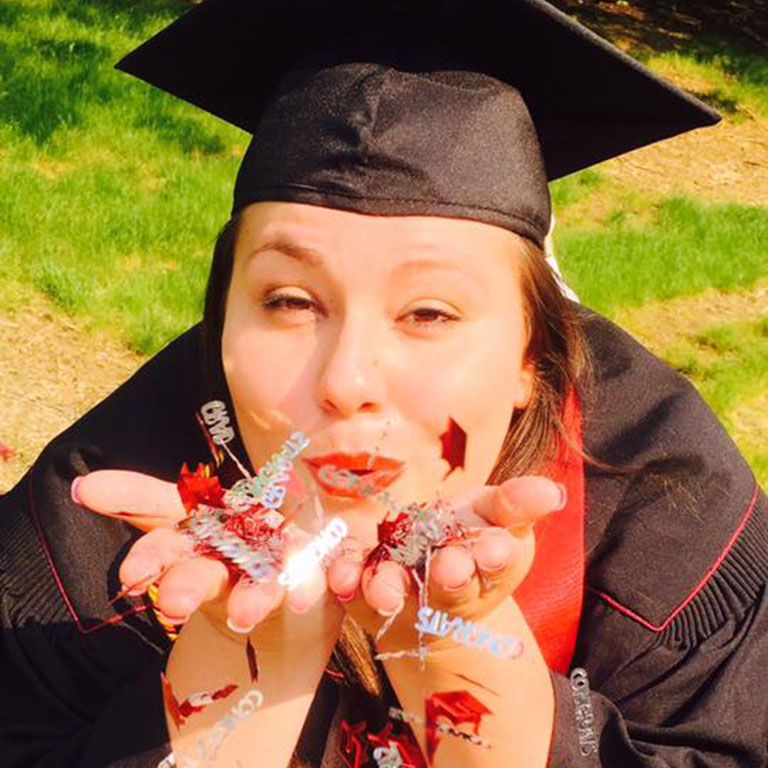


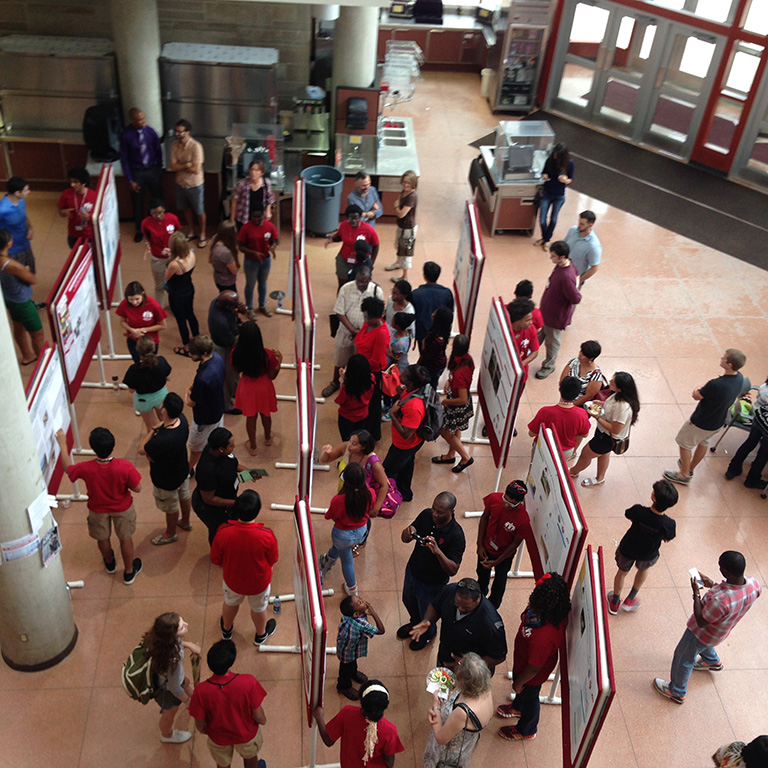
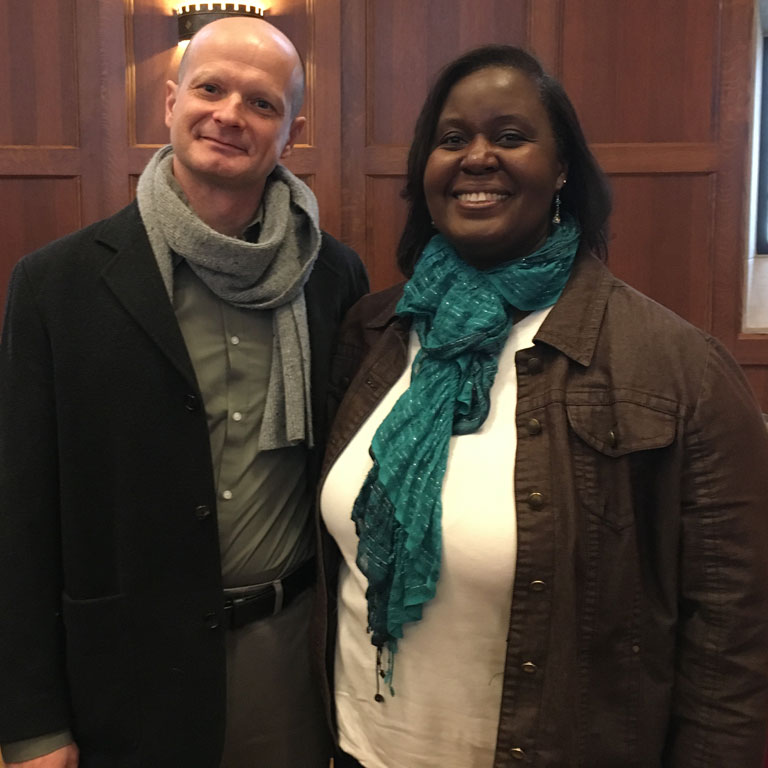
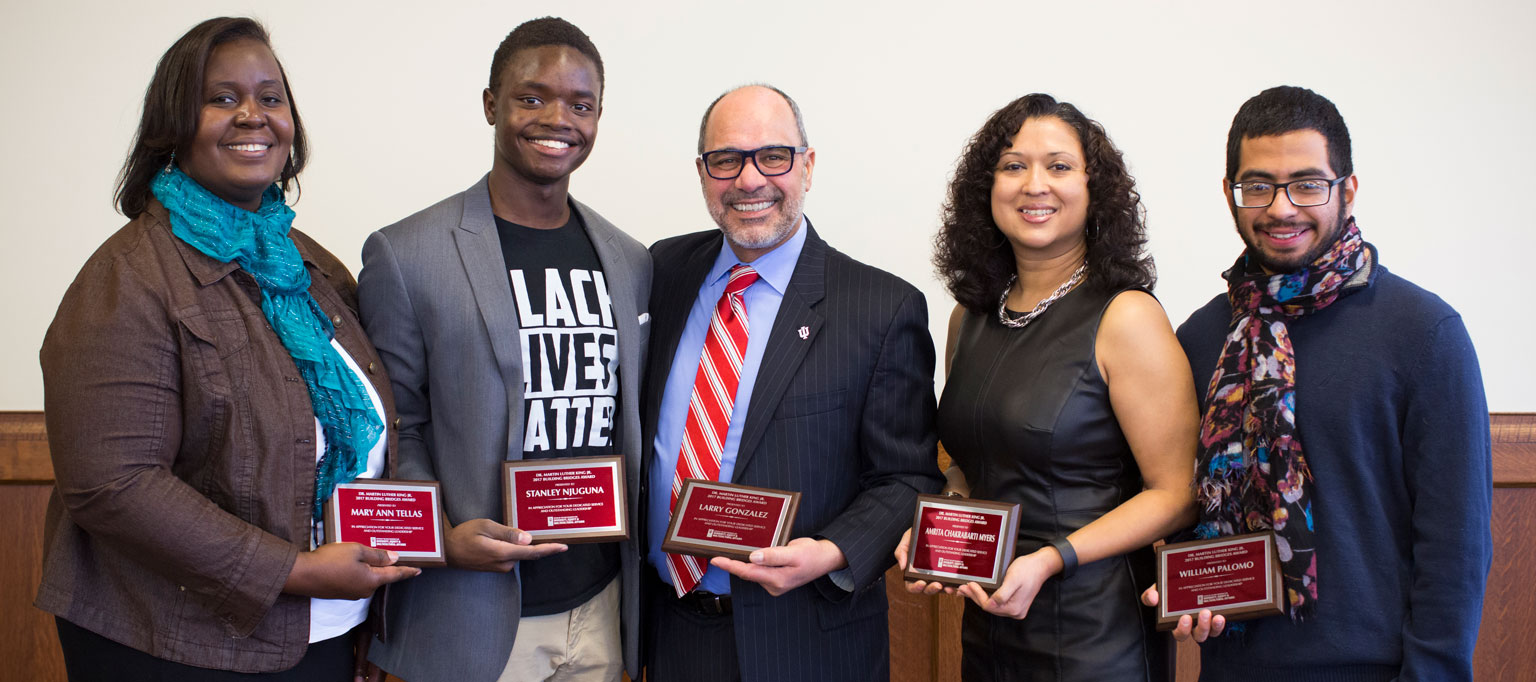

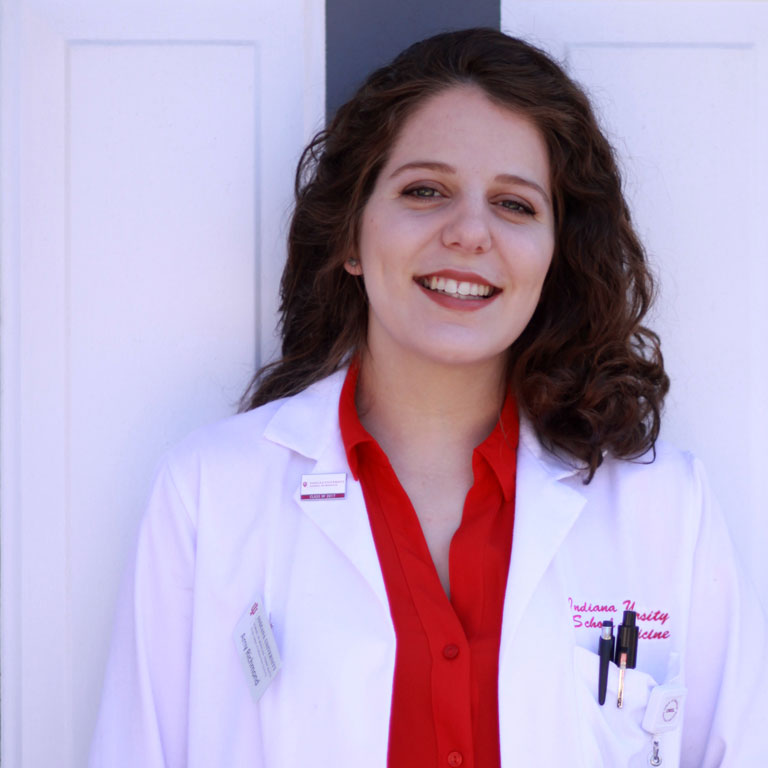
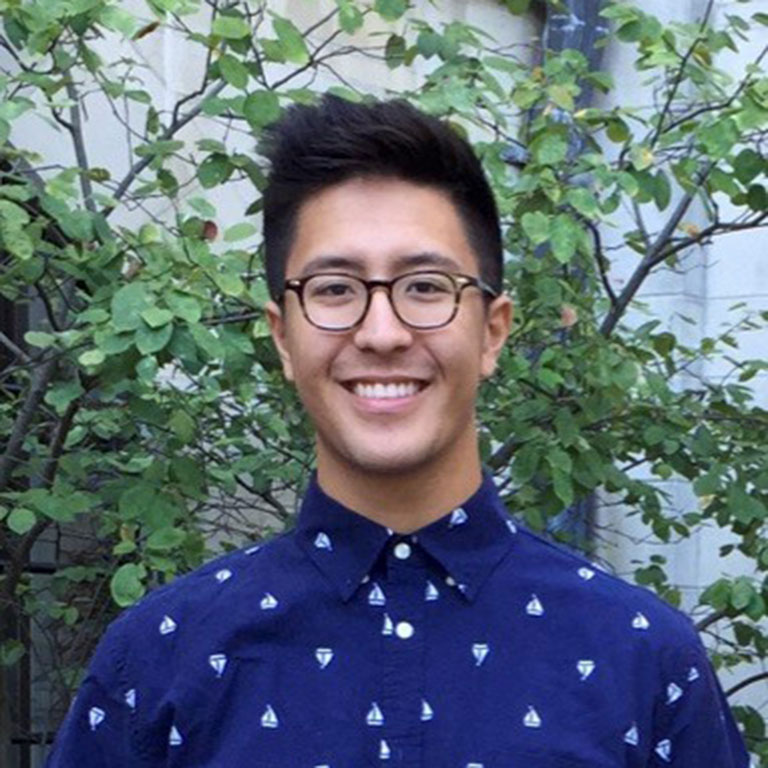
 The College of Arts
The College of Arts